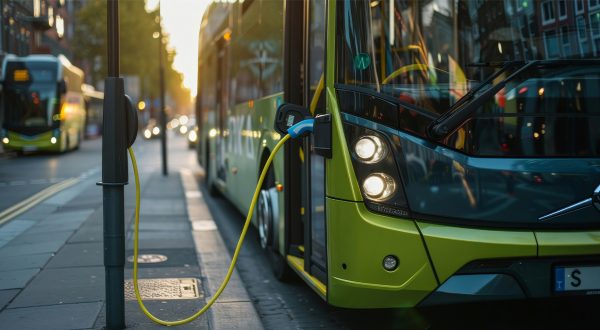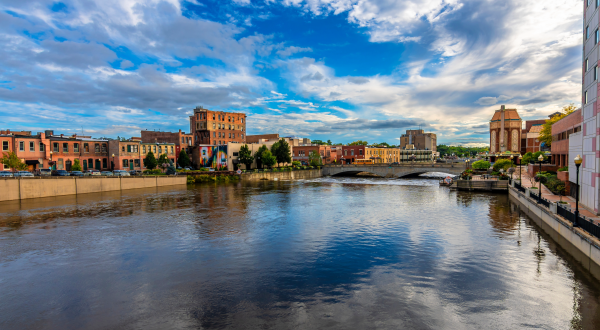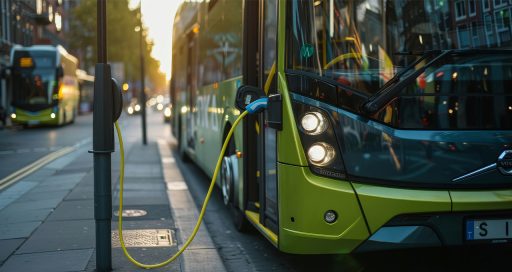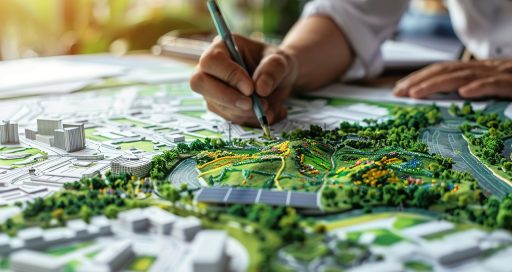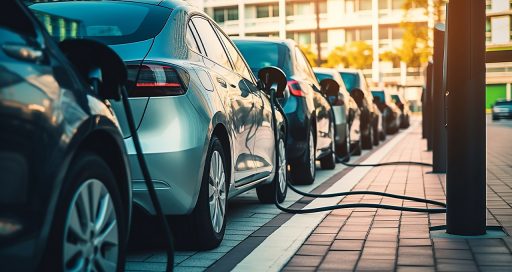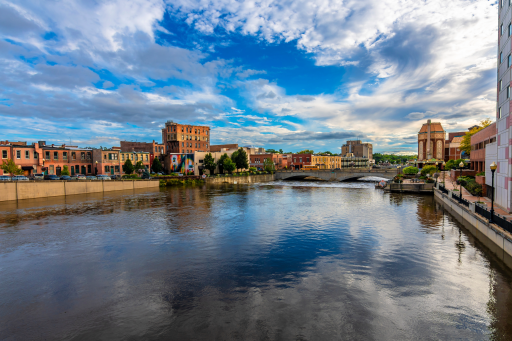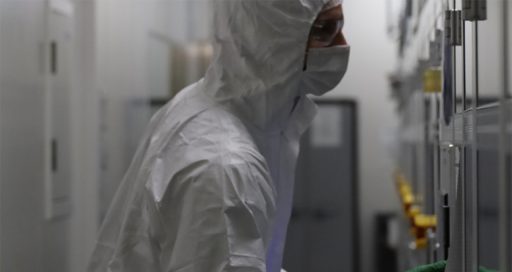![]()
How will we get around in urban areas in 2045? This is a question Marcus Enoch has been seeking to answer on behalf of the New Zealand government. By analysing trends in society and incorporating issues around climate, energy and security, he has developed four scenarios, built along two axes of change. The first axis is automation, with vehicles driven by humans at one end and driverless vehicles at the other. The second relates to city density, where population is either dispersed like in Los Angeles or concentrated like in Hong Kong.
The first scenario is based on a “shared shuttle” city, with demand-responsive minibuses, Uber-style taxis and micro-modes such as shared bicycles to cover the “last mile” to a destination. In the second scenario, private cars dominate mobility in dispersed areas. Conversely, the third hypothesis leaves little room for private cars: with connected corridors, people switch seamlessly between different modes of travel in the course of a single journey. The last scenario prioritises automation. Fleets of variously-sized driverless pods cover three-quarters of urban transport needs, replacing the vast majority of privately-owned cars.
14/01/2021
Learn more:
https://theconversation.com/

